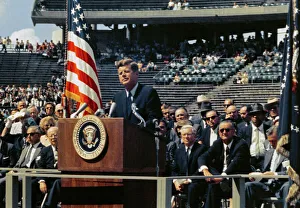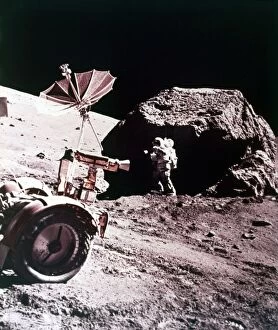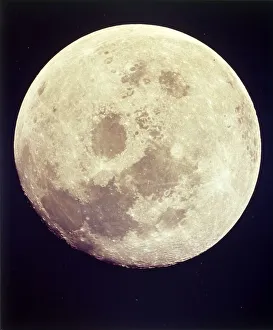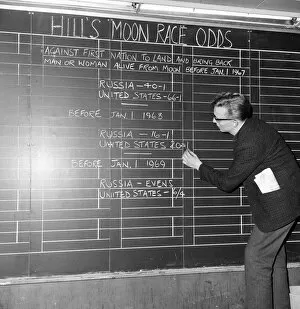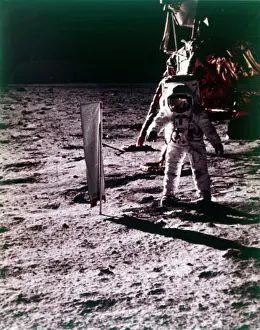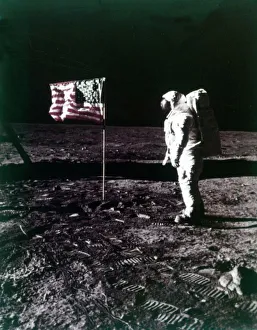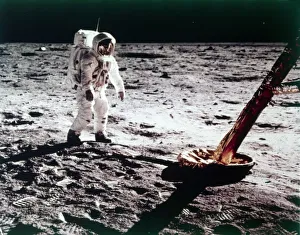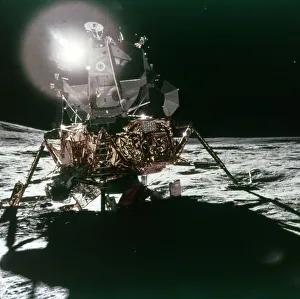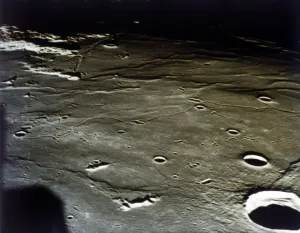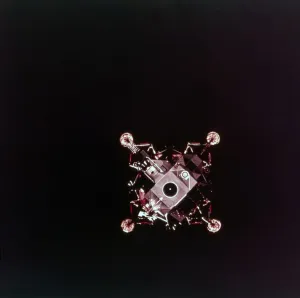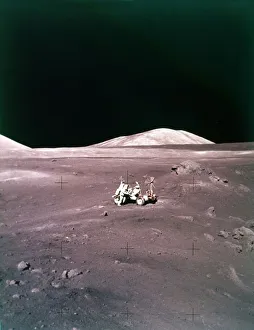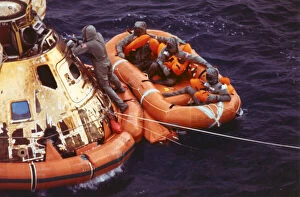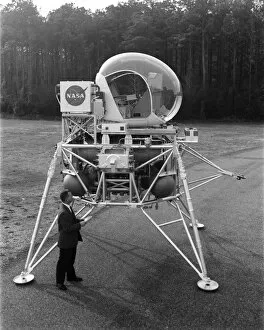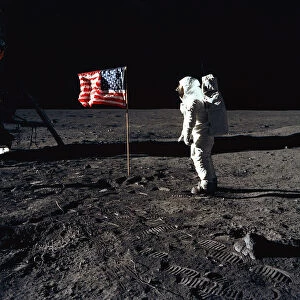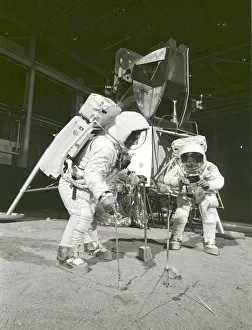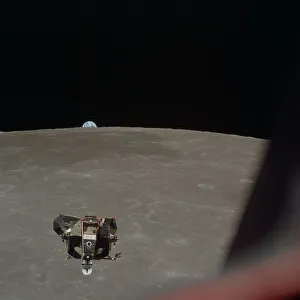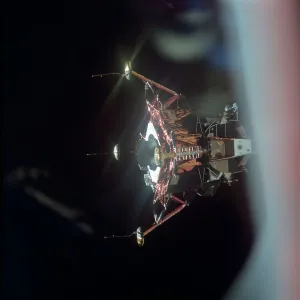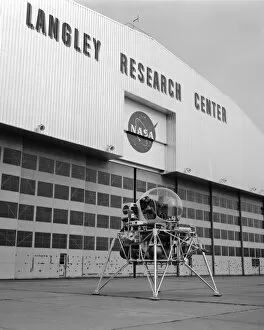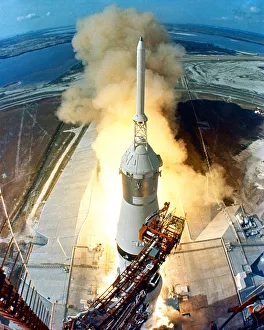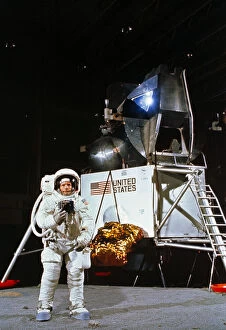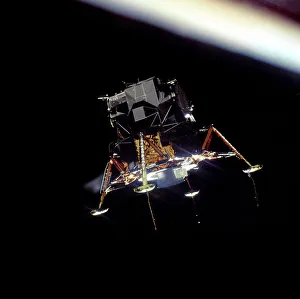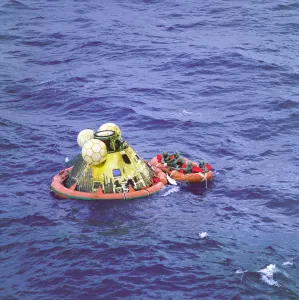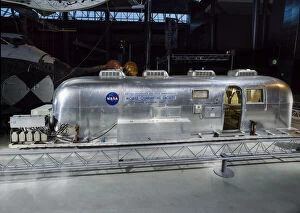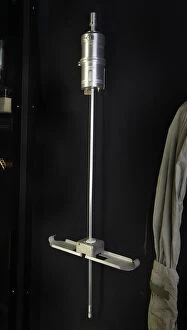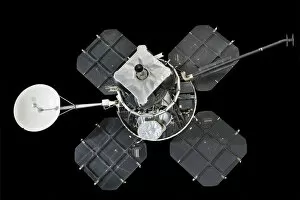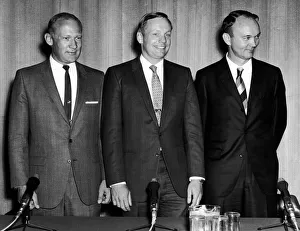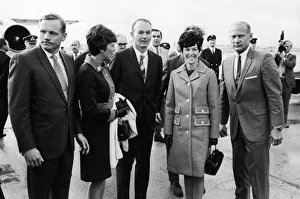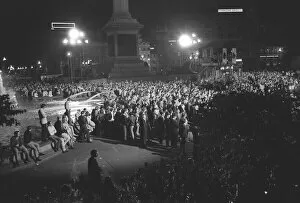Moon Landings Collection
From President Kennedy's inspiring speech to the iconic images of astronauts on the Moon, the moon landings marked a monumental achievement in human history
All Professionally Made to Order for Quick Shipping
From President Kennedy's inspiring speech to the iconic images of astronauts on the Moon, the moon landings marked a monumental achievement in human history. In 1962, President Kennedy delivered his famous 'We choose to go to the Moon' speech at Rice University, setting in motion a series of events that would change our understanding of space forever. Fast forward to July 1969, when Buzz Aldrin became one of the first humans to set foot on the lunar surface during Apollo II mission. Neil Armstrong captured this historic moment as he snapped a photo of Aldrin with Earth in the background – an image that would become etched into our collective memory. In subsequent missions throughout the 1970s, NASA continued its exploration of the Moon. Astronauts maneuvered Lunar Roving Vehicles across its rugged terrain and deployed solar wind collectors for scientific research. The American flag proudly stood tall against the lunar landscape as both Aldrin and Harrison Schmitt posed next to it during their respective missions. The Lunar Module played a crucial role in these expeditions, serving as both transportation and shelter for astronauts while they explored this alien world. Whether it was Antares touching down during Apollo 14 or capturing breathtaking views from above like we see in NASA's photographs from around 1970, each landing brought us closer to unraveling more mysteries about our celestial neighbor. One such mystery was finally solved during Apollo 17 mission when Harrison Schmitt discovered orange soil at Taurus-Littrow landing site – evidence of volcanic activity on the Moon millions of years ago. As we reflect upon these incredible achievements, we are reminded not only of humanity's boundless curiosity but also our capacity for extraordinary feats. The moon landings stand as a testament to what can be accomplished through determination and innovation – pushing boundaries beyond what was once thought possible.

